Building resilience to climate change
[edit] Introduction
Faced with the disruptive challenges of the COVID-19 Pandemic, war in Europe and widespread changes to our climate over the past two years, the world must strengthen its resilience against these global events. The same should be said for the built environment, as it adapts to changing climate conditions. It is why, when it comes to buildings, they must be designed in a way to adapt to changing conditions.
With the UK facing soaring and unprecedented energy prices, resilient design, its relationship to sustainability and how it will future proof our built environment to the challenges ahead must be considered.
Our world is changing and we must make changes in response. With more extreme climate events becoming the norm whether it is the deep freezes and floods of winter to the record-breaking temperatures of the summer of 2022, it is crucial that our built environment is able to withstand long-term climate changes. When you consider that a typical building will still be in use 60 years from now, the climate that building will encounter may be significantly different. It therefore needs to be resilient, particularly in light of the energy price shocks we are currently experiencing. But what do we mean by ‘resilient design’?
[edit] Resilient design definition
According to the Resilient Design Institute, resilient design is defined as ‘the intentional design of buildings, landscapes and communities to adapt to changing conditions in order to maintain functionality’. It is based on eight key principles which we will look at in more detail:
- Resilience anticipates change and context;
- Passive and flexible solutions are superior;
- Resilience identifies and mimics solutions in nature;
- Local, renewable resources are superior;
- Resilience transcends scale;
- Resilience safeguards basic human needs;
- Resilience of diverse and redundant systems, and;
- Resilience is not absolute.
[edit] Resilience anticipates change and context
One of the biggest changes we are currently experiencing are the energy price rises, and the context remains that we still need to achieve net zero. Enshrined into law, this 2050 target has not shifted, but the environment within which we are operating has, not just in terms of COVI-19 and the fact that people continue to work from home more, but also because of the energy price rises. It is imperative that we ensure our homes are adaptable to those sorts of changes within the context of the net zero targets. These are legally binding targets and we welcome the net zero review that Chris Skidmore MP will be carrying out over the future months to ensure the UK will deliver on its climate change targets. These are significant changes that people are experiencing and are likely to experience in the next few years.
[edit] Passive and flexible solutions are superior
Priority should always be given to passive solutions, which is why a building’s fabric needs to be upgraded first. Active, bolt-on renewable technologies exist, but are only as good as the building in which they are to be installed. Therefore, if the building is leaky and inefficient to begin with, there is only so much the new technology can achieve. By reducing the total energy demand of a building, the size and capacity of any renewables can be reduced, which in turn will reduce capital and running costs. Only when energy demands are reduced to a low level, is it possible to service those demands in the most efficient way. It is important not to add undue burdens through the running costs of renewables.
In 2010, analysis by the Energy Saving Trust1 found that of the sample tested, the majority of heat pumps installed as part of a government scheme did not achieve their efficiency of performance. Further research between EST, government and industry found that performance and efficiency of heat pumps improved in well-insulated homes2.
[edit] Resilience identifies and mimics solutions in nature
The natural world has evolved to achieve resilience and there is a move towards more bio-based solutions. There is extensive research and development into biomimicry (nature-inspired innovation) within organisations that are looking at how we can make our products more renewable and bio-based, both in terms of the environmental and social aspects. Of course, it is one thing having the most bio-based solution, but if this is at the expense of agricultural land, then it is not the right thing to do. Bio-based raw materials such as mycelium3 is one area of focus as a potential building material. This is a mushroom- based fungi insulation material which is durable and resistant to water, mould and fire. It’s a promising and unconventional new material and a low-impact solution for buildings, but this is early days in terms of its development.
[edit] Local renewable resources are superior
Renewable resources that are produced locally and reduce the need for travel are particularly relevant to resilience. Given the issues with COVID-19 and the very long lag times for delivery due to various lock-downs in China and other countries, global supply chains struggled to meet demand and manufactured products did not arrive in time. Local renewably sourced products can not only reduce transport-related carbon emissions but will help meet environmental targets, as many companies are looking at certifications such as BES 6001: Responsible Sourcing of Construction Products standard and reducing their Scope 3 emissions. Many companies have set in place ambitious environmental targets to become net zero. This involves targets for on-site generation and solar panels, alongside reducing the energy intensity of their products.
[edit] Resilience transcends scale
Climate change is a global long-term issue and efforts need to be taken now to ensure that the buildings we build today are resilient for future generations. This will mean avoiding expensive retrofits in the future to get to net zero homes as we have the resources, capacity and capabilities to build these homes today. The timescales that we need to work within are urgent but this would help build resilience of our built environment for the longer term.
[edit] Resilience safeguards basic human needs
Rising energy bills will mean an increase in fuel poverty this winter with many people having to make the choice between heating and eating. Research by the Institute for Government (IfG) has said that UK households are still likely to be facing high energy bills in the winter of 2023 which is why the adoption of resilient energy efficiency measures within our homes (which are currently amongst the least energy efficient in Europe) will safeguard these households from the shock of rising gas prices.
Those who cannot afford to heat their homes are typically living in homes that need the most work done
in terms of insulation – it is therefore a double dilemma. These are likely to be pre-1980s homes built to pre-Part L Regulations. If they are not able to afford heating, they are unlikely to be able to afford to pay for the cost of the installation of energy saving measures and as winter comes, will need to make choices between heating
and eating.
[edit] Resilience of diverse and redundant systems
More diverse communities, ecosystems, economies and social systems are better able to respond to the global challenges we face, which in turn makes them more resilient. It may sometimes be in conflict with our drive for a sustainable built environment, but a retained redundant system could increase resilience as it could provide a back-up in the event a primary system fails.
[edit] Resilience is not absolute
Resilience is not simply a tick box exercise when it comes to future-proofing our built environment. It is an ever-evolving process, as our buildings must be able to respond to both what is expected and also what is unexpected. The changes that have occurred due to climate change and the chaos this is likely to bring, will mean resilience must respond and adjust to different kinds of weather and the challenges this will bring. We also need to look at our populations, including our ageing population, mass migration and the nature of how we live. Whilst resilience to all situations is impossible, incremental changes can always be taken in order to respond to vulnerabilities.
[edit] A fabric first approach
One of the most important things we could do is to make our homes more resilient to some of these energy shocks that we are currently experiencing. As we have stated, the best way of doing so is to improve the fabric of the building, rather than relying on additional technologies and having to buy a renewable solution to reduce energy. By bringing
in passive measures from the outset, energy demand for space heating can be significantly reduced allowing energy to be used more efficiently, prudently and to a higher performance. This will mean improving the fabric of the building before bringing in other technologies to provide optimal performance for the home. In turn, householders will see reduction in energy bills and a quicker payback if energy prices continue to increase at this rate.
Eighteen months ago, the return on investment for a deep retrofit would have been much longer than it is now. Fast forward to today and the return on any investment made will have a much faster rate of return as the money saved on bills will be much more substantial4.
[edit] Future-proofed
Resilient design is a complex issue that involves long- term thinking both in terms of a building and its use, but also in relation to the altered climate of the future. As the first line of defence, an improved and thermally efficient building fabric will not only go some way to ensure our homes are resilient to a changing climate but also has potential to contribute to solving fuel poverty. Turning resilient design into reality can also be done at a fraction of the cost of the government’s short-term ‘sticking plaster’ approach to rising energy costs and will put us on the best route to building better for the future. Future Homes and Future Buildings Standards which will significantly improve the thermal performance are critical and therefore it is essential their implementation is brought forward to avoid building homes that will not be future proofed.
[edit] About IMA
For more information about IMA or to download best practice guides visit: insulationmanufacturers.org.uk
- Analysis from the Energy Saving Trust’s heat pump field trial – GOV.UK (www.gov.uk)
- Pathways to high penetration of heat pumps: Report prepared for the Committee on Climate Change, October 2013
- The Science And Art Of Sustainable Mushroom-Based Building Materials (forbes.com)
- Insulating Britain: If not now, when? | UCL Institute for Environmental Design and Engineering – UCL – University College London
This article appears in the AT Journal from Winter 2022, issue number 144, written by the Insulation Manufacturers Association (IMA).
--CIAT
[edit] Related articles on Designing Buildings
- Adaptability.
- Building Back Better: Resilience
- Building flood resilience.
- Business resilience.
- Climate resilient places.
- Designing resilient cities: a guide to good practice (EP 103).
- Engineering resilience to human threats.
- Flood resilience.
- Future proofing construction.
- Heat transfer.
- Property flood resilience.
- Re-evaluating the design life of buildings.
- Resilient infrastructure diversity and equity scorecard.
- Insulation.
- Resilience.
- Shelter.
- Sustainability in building design and construction.
- Thermal insulation for buildings.
- Types of insulation.
- Two steps towards a more resilient world.
Featured articles and news
Retired firefighter cycles world to raise Grenfell funds
Leaving on 14 June 2025 Stephen will raise money for youth and schools through the Grenfell Foundation.
Key points for construction at a glance with industry reactions.
Functionality, visibility and sustainability
The simpler approach to specification.
Architects, architecture, buildings, and inspiration in film
The close ties between makers and the movies, with our long list of suggested viewing.
SELECT three-point plan for action issued to MSPs
Call for Scottish regulation, green skills and recognition of electrotechnical industry as part of a manifesto for Scottish Parliamentary elections.
UCEM becomes the University of the Built Environment
Major milestone in its 106-year history, follows recent merger with London School of Architecture (LSE).
Professional practical experience for Architects in training
The long process to transform the nature of education and professional practical experience in the Architecture profession following recent reports.
A people-first approach to retrofit
Moving away from the destructive paradigm of fabric-first.
International Electrician Day, 10 June 2025
Celebrating the role of electrical engineers from André-Marie Amperè, today and for the future.
New guide for clients launched at Houses of Parliament
'There has never been a more important time for clients to step up and ...ask the right questions'
The impact of recycled slate tiles
Innovation across the decades.
EPC changes for existing buildings
Changes and their context as the new RdSAP methodology comes into use from 15 June.
Skills England publishes Sector skills needs assessments
Priority areas relating to the built environment highlighted and described in brief.
BSRIA HVAC Market Watch - May 2025 Edition
Heat Pump Market Outlook: Policy, Performance & Refrigerant Trends for 2025–2028.
Committing to EDI in construction with CIOB
Built Environment professional bodies deepen commitment to EDI with two new signatories: CIAT and CICES.
Government Grenfell progress report at a glance
Line by line recomendation overview, with links to more details.
An engaging and lively review of his professional life.
Sustainable heating for listed buildings
A problem that needs to be approached intelligently.
50th Golden anniversary ECA Edmundson apprentice award
Deadline for entries has been extended to Friday 27 June, so don't miss out!
CIAT at the London Festival of Architecture
Designing for Everyone: Breaking Barriers in Inclusive Architecture.
Mixed reactions to apprenticeship and skills reform 2025
A 'welcome shift' for some and a 'backwards step' for others.








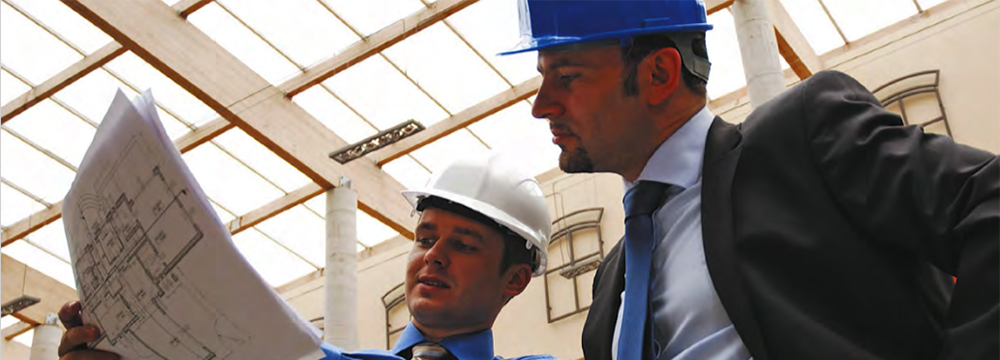

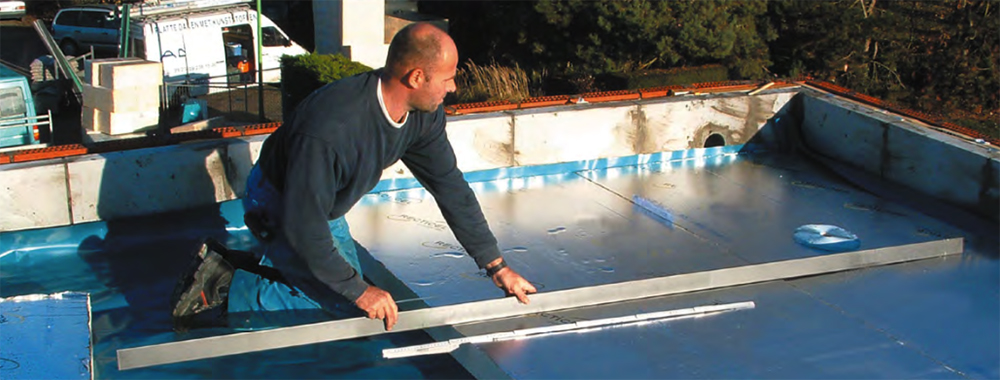
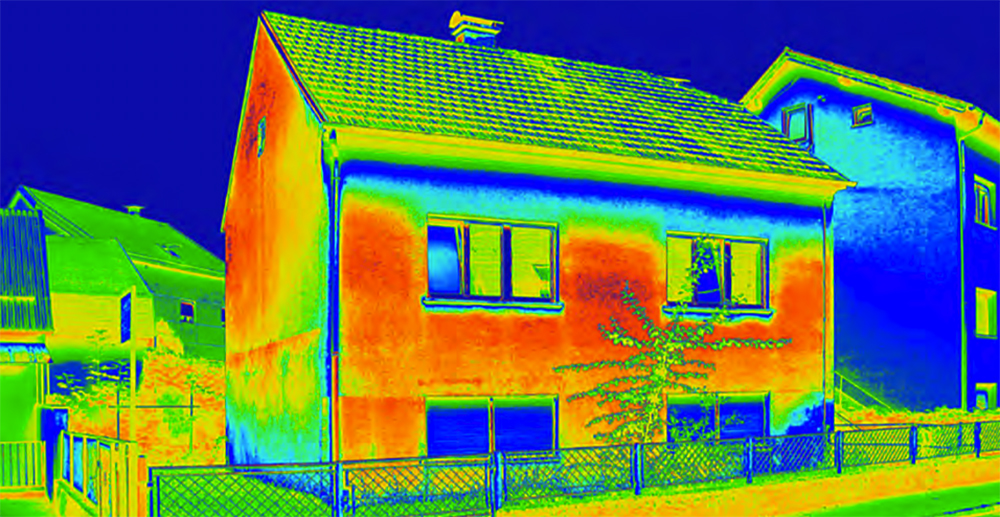




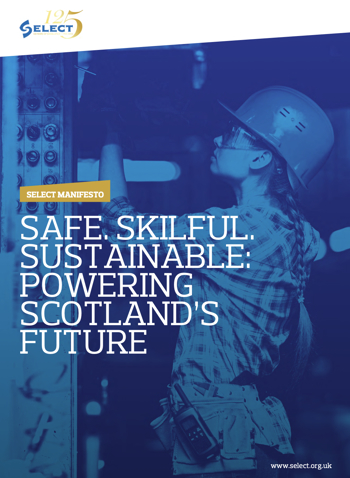
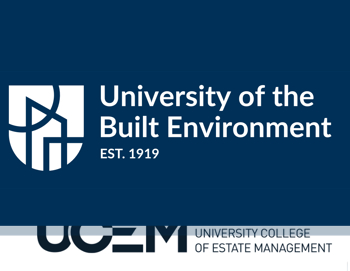
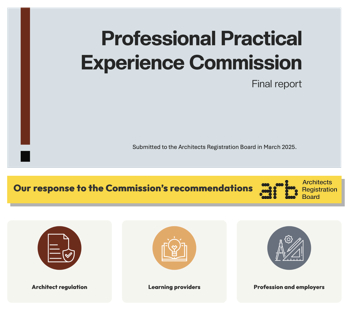
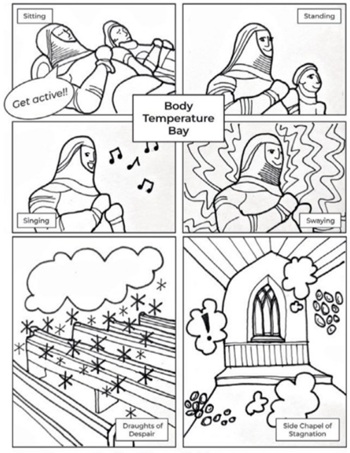


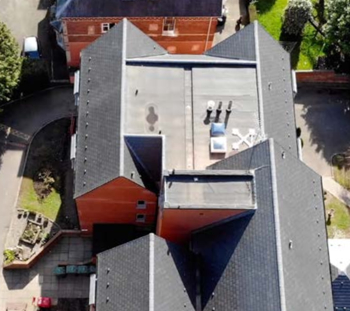
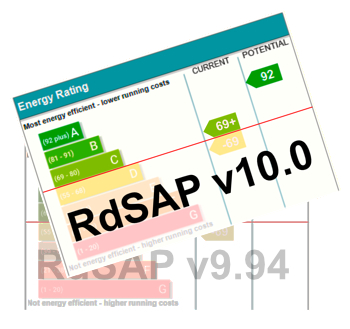

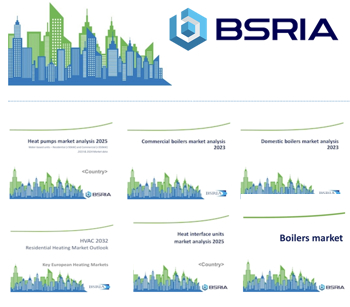
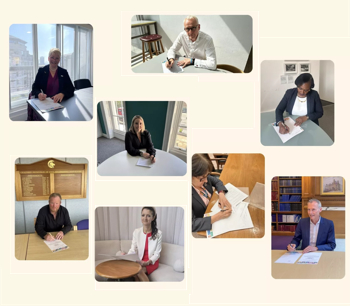
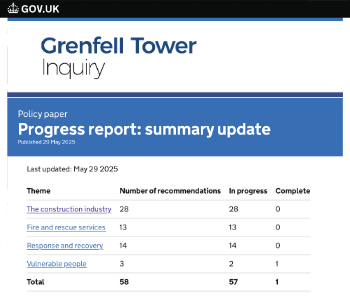




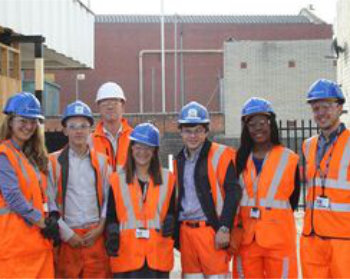
Comments
[edit] To make a comment about this article, click 'Add a comment' above. Separate your comments from any existing comments by inserting a horizontal line.